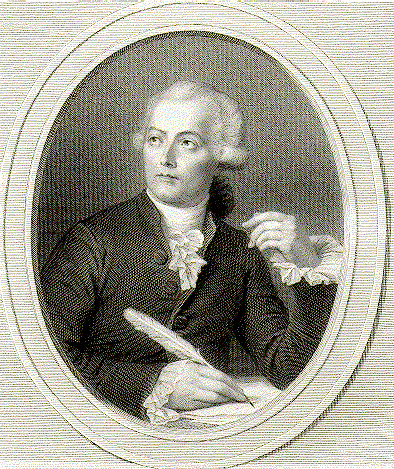For me, electron configurations started out very confusing, but now that I understand, I'll try and show you what works best for me.
First thing to do is to memorize this chart. We aren't given it during quizzes/tests so it is important to know the order.
You also need to know this:
S-types have one orbital (2 electrons or spaces)
P-types have 3 orbitals (6 electrons or spaces)
D-types have 5 orbitals (10 electrons or spaces)
F-types have 7 orbitals (14 electrons or spaces)
Now if I were you, I would be saying spaces? I'm confused!
But here is how it helps!
_ _ _ _ _ _ _ _ _
1s 2s 2p 3s 3p
Now, let's start with something easy like a Helium atom. If it is an atom, it has the same number of protons and electrons. Helium's atomic number is 2 therefore it has two protons/electrons. Because it has 2 electrons, fill in one upwards arrow and one downwards arrow. That shell is now full.
Not only is that shell full, we have used up all the electrons!
Therefore the electronic configuration for Helium is 1s2.
Lets use a more complicated one now and test that knowledge!
Lets try a sodium atom. This atom has 11 protons/electrons. Keep going until all those electrons are full.
I would draw it but since its on the computer I can't. So we'll use an astrix to show it.
** ** ** ** ** *
_ _ _ _ _ _ _ _ _
1s 2s 2p 3s 3p
As you can see we have used all 11 electrons. So let's write it!
In written form it would be 1s2 2s2 2p6 3s1
As you can see the exponents add up to the number of electrons.
If you are still completely confused what I mean when I say arrows, here is a visual example of what I am talking about.
Orbital diagram for Sodium
Now lets try one with ions!
Electron configuration for N3-
Because it has a charge of -3, there are three extra electrons to deal with. Normally, nitrogen has 7 electrons. But because of its charge, we have to add 3 more.
If it has 10 electrons, write it out until you run out of electrons.
1s2 2s2 2p6
As you can see the exponents add up to 10, the number of electrons for the N3- ion!
The nitride ion, N3ˉ, has an electron arrangement of 1s2, 2s2, 2p6
Without the 3- charge, N would look like this: 1s2 2s2 2p3. The extra 3 electrons fill the 2p orbital and stabilizes the ion, making it similar to a noble gas, which all elements want to be like. (But you will learn more about that later)
What else you need to know:
Ground State: electrons are in their lowest possible level
Excited State: Electrons are in energy levels other than the one that is lowest available.
If the electrons in the excited state, you should try for extra practice to put them in their ground state.
Thanks for reading, of course I will include a lolcat to thank you for following along!





































